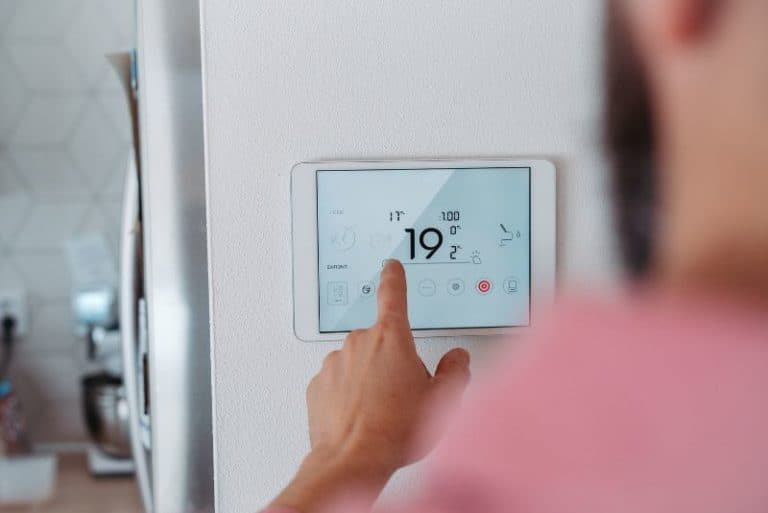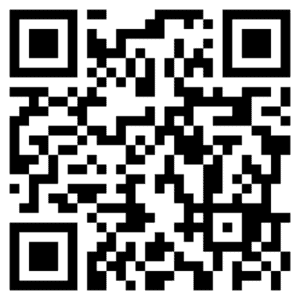As winter rolls in, the last thing you want is a cold home due to a malfunctioning furnace. If you’re wondering how to check a furnace thermostat, you’re in the right place. One of the most common causes of heating problems is a faulty thermostat, but before you panic and call a technician, knowing how to check furnace thermostat settings yourself is worth knowing. Not only can you save on repair bills, but you might also find a simple solution to get your home cozy again in no time.
In this article, we’ll walk you through the key steps to check and troubleshoot your furnace thermostat. Whether you’re experiencing inconsistent heating or the furnace seems to be unresponsive, understanding how to check a furnace thermostat can often be the first step in resolving the issue.
Why Checking Your Furnace Thermostat Is Essential

Before diving into the troubleshooting steps, let’s first address why your thermostat is such an important part of your furnace system. Your thermostat acts as the control center for regulating your home’s temperature. If it’s malfunctioning, your furnace might not turn on, turn off prematurely, or maintain the wrong temperature. It’s the first thing you should check when your home feels too cold or hot.
Know Your Thermostat Type
Not all thermostats are created equal, and knowing which type you have can make troubleshooting much easier. Here are the most common types:
Mechanical Thermostats
Basic, manual models with a dial can wear out over time and are less accurate.
Digital Thermostats
More precise and typically display the current and set temperatures.
Programmable Thermostats
Allow scheduling of temperature changes to save energy.
Smart Thermostats
Wi-Fi enabled with app control, offering features like remote adjustments and learning routines.
How to Check a Furnace Thermostat’s Settings: Step-by-Step
If you’re wondering how to check your furnace thermostat, the process is easier than you might think. Here’s a simple guide to follow:
Step 1: Set the Thermostat to Heat Mode
Ensure your thermostat is set to the ‘heat’ mode. Sometimes, it’s simply a matter of it being set to ‘cool’ by mistake.
Step 2: Check the Temperature Setting
Double-check that the thermostat is set to a temperature higher than the current room temperature. If the setting is too low, the furnace might not turn on.
Step 3: Check the Batteries (if applicable)
For battery-powered thermostats, replace the batteries if the display is blank or flickering. Low battery power can disrupt thermostat performance.
Step 4: Test the System
Adjust the temperature by several degrees to trigger the furnace to cycle on. If the furnace starts running, you’re in good shape! If not, proceed to further troubleshooting.
Common Thermostat Problems and How to Fix Them
Sometimes, the thermostat isn’t the issue, but the way it interacts with your furnace might be. Here are a few common problems you may encounter when trying to check your furnace thermostat:
Inaccurate Readings
If your thermostat reads a different temperature than your room, the device might be misplaced or damaged. Try moving the thermostat to a more central location in the home or recalibrate it if possible.
Quick Fixes for Smart Thermostat Issues
Smart thermostats can be handy, but sometimes they act up. Here’s how to fix the most common problems:
- Won’t Connect to Wi-Fi: Check if your internet is working and restart the thermostat. If the issue persists, try resetting your thermostat’s Wi-Fi connection and reconnecting it to your network.
- App Not Working Right: Close and reopen the app or reinstall it if needed. Ensure that your smartphone’s software is up to date, as outdated apps may cause functionality issues.
- Outdated Software: Look for firmware updates in the app—they often fix bugs and keep things running smoothly. If your thermostat doesn’t update automatically, try manually checking for updates through the app settings.
Quick Seasonal Maintenance Tips
Keep your system in top shape with seasonal checks:
- Clean the Thermostat: Dust and dirt can interfere with sensors. Use a soft cloth to gently wipe away debris to ensure accurate temperature readings.
- Replace Batteries Annually: Even if it’s still working, fresh batteries reduce risk. This simple step can prevent your thermostat from suddenly losing power during the coldest days of winter.
- Check the Settings Before Each Season: Make sure your heat or cool settings are still appropriate. Adjust your thermostat settings to align with the upcoming weather for maximum efficiency.
- Schedule an HVAC Tune-Up: A fall checkup can catch small issues before they become winter emergencies. Having a professional inspect your system ensures it’s running optimally, helping to avoid breakdowns when you need it most.
When to Call a Professional for Furnace Thermostat Issues
Although learning how to check a furnace thermostat can often solve the issue, sometimes you’ll find that the problem is more complex than a simple fix. If, after checking the thermostat, it still doesn’t seem to be functioning correctly, it might be time to call in a professional. Some issues, like a faulty wiring connection or an outdated thermostat, require expert intervention.
Preventing Future Thermostat Problems
Once you’ve fixed your thermostat, consider these tips to prevent future problems:
Regularly Check and Clean Your Thermostat
Dust and debris can accumulate in and around your thermostat, affecting its accuracy. Clean it periodically to ensure proper operation.
Upgrade to a Smart Thermostat
If your thermostat is outdated, investing in a smart thermostat can save energy and offer more control over your home’s temperature.
Conclusion
Learning how to check a furnace thermostat is an essential skill for every homeowner, especially as the colder months approach. By following these simple steps—setting the thermostat to heat mode, checking the temperature setting, and replacing batteries—you can quickly troubleshoot many common furnace issues. Keeping your thermostat in top shape not only helps ensure a comfortable home but can also prevent costly repairs down the road.
If your thermostat is still acting up after following these steps, don’t hesitate to reach out to a professional for further assistance. Keeping your heating system running smoothly is key to staying cozy all winter long. Now that you know how to check a furnace thermostat, you’re one step closer to a warmer, more comfortable home.



